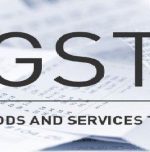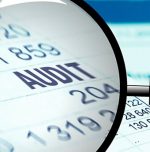Government’s new tools for GST evaders

In order to crack the whip on evaders of Goods and Services Tax (GST), Indian government is going to introduce new methods.
The introduction of e-way bill and reverse charge mechanism are the new tools that will help the government in this matter.
Normally GST is being paid by goods seller or a service provider. But, under the reverse charge, the receiver has to pay the tax, later the chargeability gets reversed.
Earlier it was introduced for small suppliers of goods and services that may not be registered under GST.
The tax paid under this mechanism is eligible for input tax credit. However, the traders protested this strongly. Hence, it was suspended till March 31, 2018.
In this regard, the government wants to reintroduce reverse charge mechanism from April onward. This method is anticipated to track the transactions and aid the government to find out tax evaders.
Another measure is introduction of electronic-way bills to help against tax evasion. The e-way bills are mandatory from next month.
E-way bills are applicable to goods worth more than ₹50,000. Several items including plastic goods, electrical items, sanitary napkins, dry fruits etc. come under this. Prior online registration is essential for the consignment of such goods.
At present, e-way bills are functional on a trial basis in various states. These will be used in full-fledged mode from February 1st by at least 15 states to track the movement of goods, even though the intrastate movement of goods will be implemented from June 1st.
These two measures will help the government in improving tax revenue by nearly 25 per cent.
Several suggestions and recommendations have been received by the government to plug loopholes.
Over 40 laws will be amended to check the Goods and Services tax evasion.
Image credit: Image by mohamed Hassan from Pixabay (Free for commercial use)
Image Reference: https://pixabay.com/it/illustrations/fiscale-icone-contabilit%C3%A0-soldi-3334326/










Leave a Reply